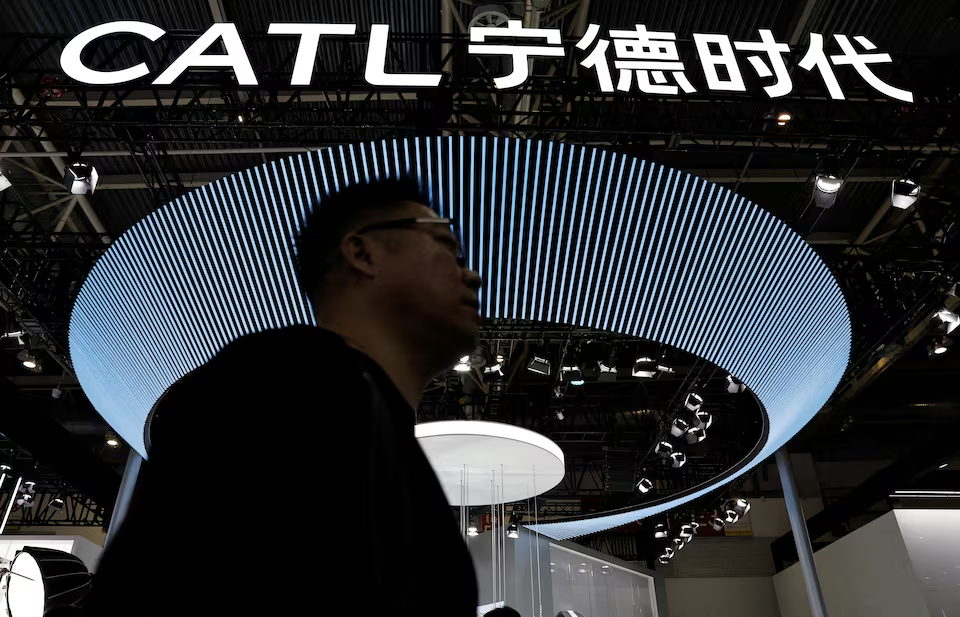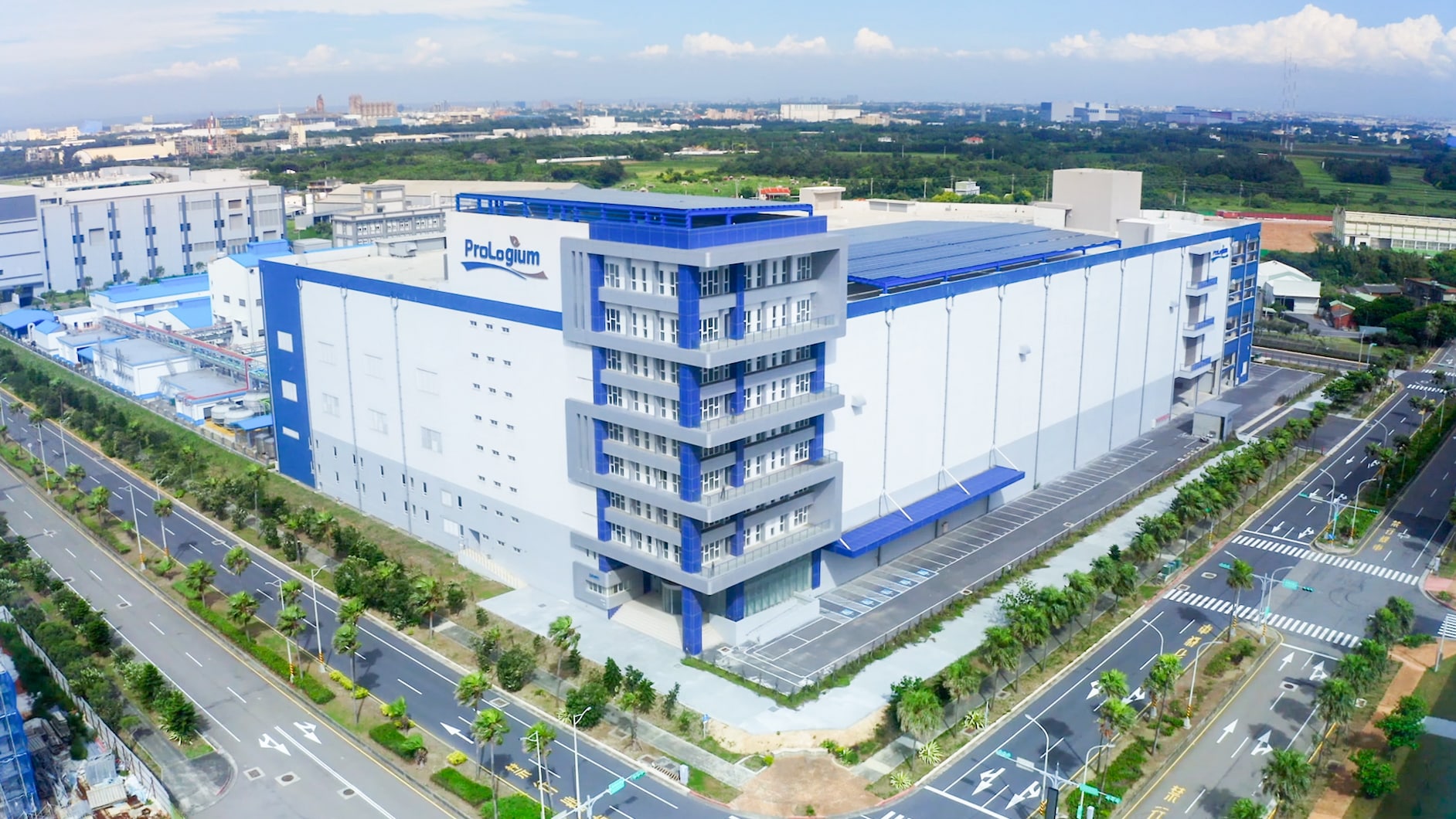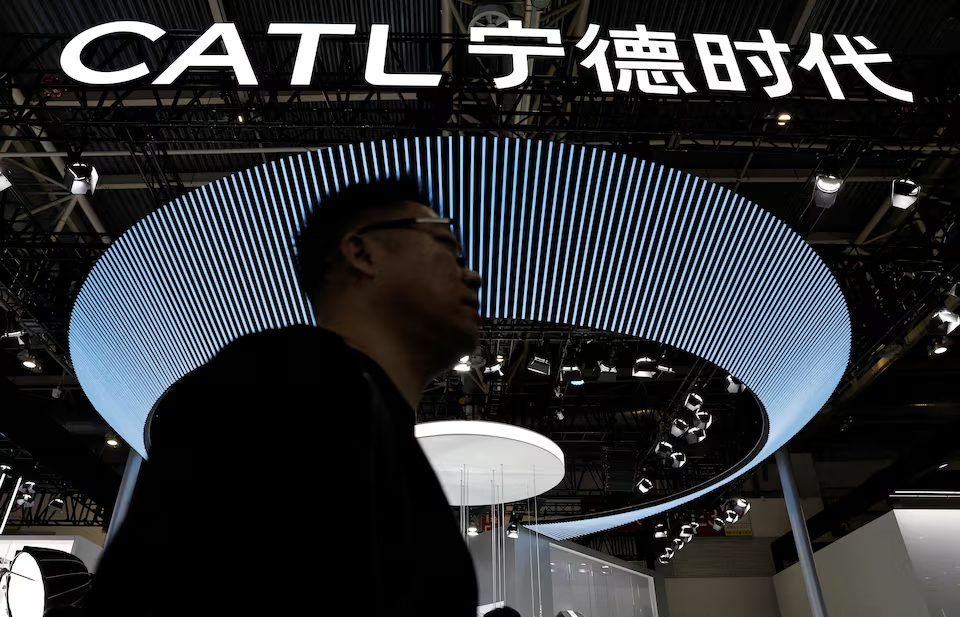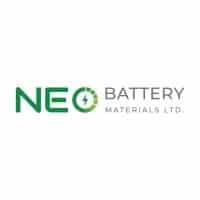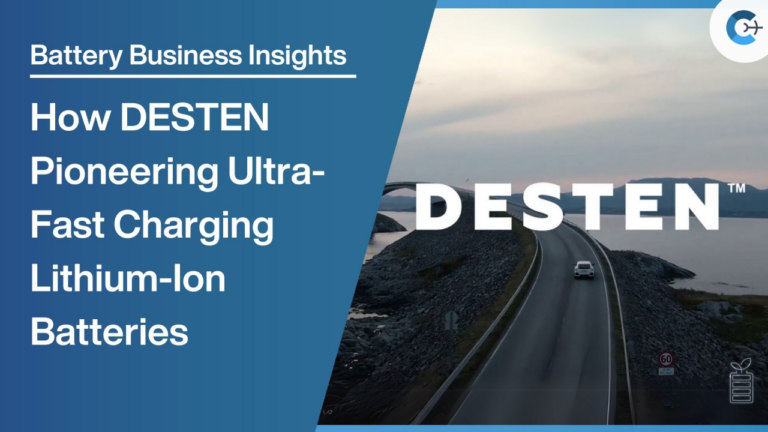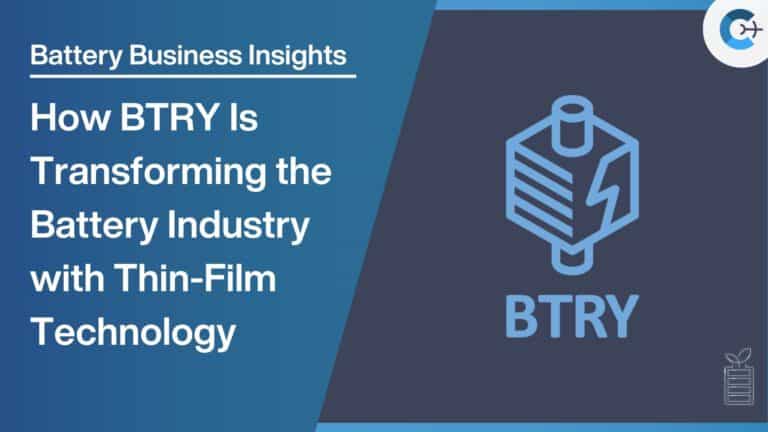Chinese battery manufacturer Contemporary Amperex Technology Co. Limited (CATL) successfully raised $4.6 billion through its initial public offering (IPO) in Hong Kong, marking the largest global listing for 2025 to date. The final pricing for the shares was set at HK$263 each, the highest offer price, as detailed in a term sheet obtained by Reuters.
The IPO involved the sale of 125.4 million shares to institutional investors and 10.16 million shares to retail investors in Hong Kong. Additionally, CATL has the option to increase the total deal size to $5.3 billion by exercising a greenshoe option, which would involve the sale of an additional 17.7 million shares.
If the greenshoe option is utilized, CATL’s IPO would surpass Midea’s $4.6 billion listing from the previous year and become the largest IPO in Hong Kong since Kuaishou Technology raised $6.2 billion in 2021. The company’s shares are scheduled to commence trading on the Hong Kong Stock Exchange on Tuesday.
CATL is a prominent player in the global battery industry, supplying batteries for electric vehicles and energy storage systems. The substantial funds raised through this IPO are expected to support the company’s expansion plans, including increasing production capacity, advancing research and development, and strengthening its position in the competitive battery market.
The successful IPO reflects investor confidence in CATL’s growth prospects and its role in the rapidly expanding electric vehicle (EV) sector. As the demand for EVs continues to rise globally, companies like CATL are crucial in meeting the need for reliable and efficient battery solutions.
CATL’s listing performance will be closely watched as an indicator of market sentiment towards the battery and EV industries, especially in the context of ongoing technological advancements and the global shift towards sustainable energy solutions. The company’s ability to secure significant investment through its Hong Kong listing underscores its strategic importance and potential for continued growth in the evolving energy landscape.
Source: Reuters

